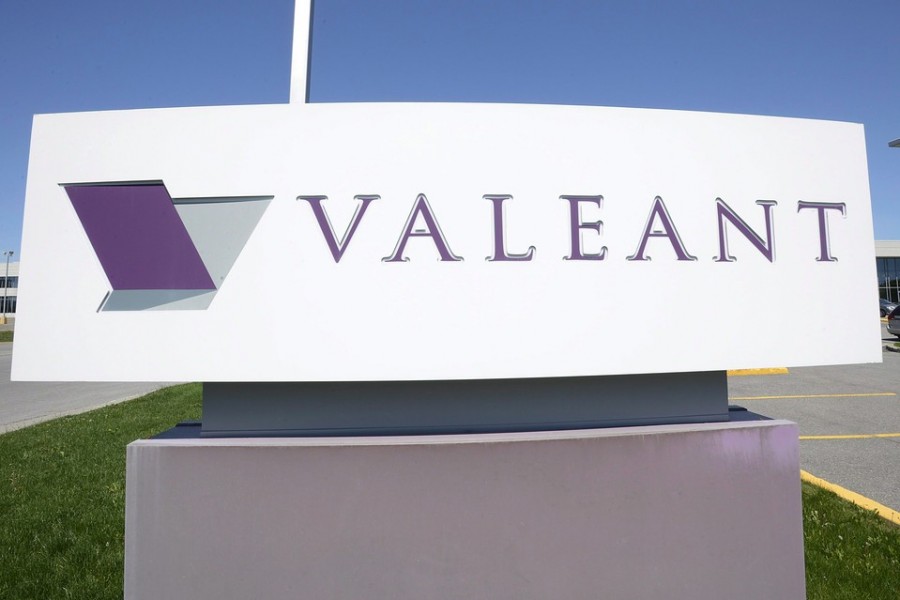Florida – A new study from Florida revealed that many dermatology drug prices have dramatically increased over the past six years.
The paper, published Wednesday in the Journal of American Medical Association (JAMA), shows that prices have equally risen in all pharmacies studied, which affects a significant number of patients whose insurance fails to cover the medicine they had been able to afford for years.

“We’re not talking about new drugs. We’re not talking about exotic drugs. We’re not talking about drugs that are listed as being in shortage,” said lead author Dr. Steven P. Rosenberg, a dermatologist in West Palm Beach, Florida, according to the NY Times.
For this study, investigators asked pharmacies at Costco, CVS, Sam’s Club and Walgreens in the West Palm Beach area about the retail prices of several brand-name drugs in 2009. They repeated the survey in 2011, 2014 and 2015, double checking to make sure the information was accurate.
Researchers analyzed 19 drugs for acne, infections, rosacea, psoriasis and other skin conditions like itching and eczema, finding that between 2009 and 2015 prices increased in a range from 60 percent to 1,698 percent, with an average rise of over 400 percent. This means that the drug prices have quintupled in a period of 6 years. For instance, a 60-gram tube of gel for a specific kind of skin cancer increased from $1,686.78 for a tube to over $30,000.
The gel is made by Valeant Pharmaceuticals International, the brand that marks the two biggest increases. Most of that price boost might have started after the firm acquired the drug in 2013. According to Rosenberg, who is also a voluntary professor of dermatology at the University of Miami Miller School of Medicine, a patient might require up to two tubes a month for a several-month prescription.
Other generic drugs nearly quadrupled in price, the paper states. Study authors also discovered that patients are forced to pay for the dermatology drugs with money they do not have, since insurance programs are reducing the amount of medicines they cover. An estimated of one out of five Americans in 2014 reported not being able to buy at least one prescription because of its cost.
The study does not show why prices have alarmingly changed over the past six years. Rosenberg commented that pharmaceutical manufacturers are charging what they want because they are able to do so, since U.S. government has no control over drug prices. He added that the current situation could lead to health care bankruptcy.
Source: Reuters
